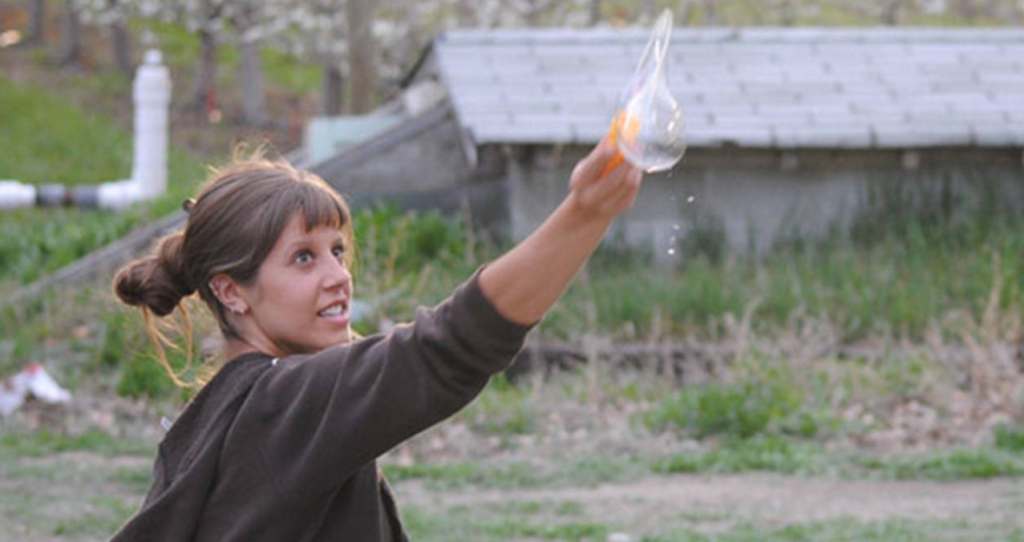Vaccines vs. variants: Modelling shows spread of COVID-19 unraveling Canada’s progress
Posted March 26, 2021 7:46 am.
Last Updated March 26, 2021 10:15 am.
OTTAWA (NEWS 1130) – While the number of Canadians being vaccinated keeps rising, health experts are worried about what the future holds as COVID-19 variants continue to rapidly spread.
New modelling released Friday shows stronger measures are needed to prevent the further spread of COVID-19. It shows that if things don’t change, Canada could see another big spike driven by variants, with data showing the country is expected to hit a troubling milestone of a million COVID-19 cases and more than 23,000 deaths..
New federal modelling says stronger measures are needed to prevent the spread of #COVID19. Without them there could be another big spike driven by COVID variants #cdnpoli pic.twitter.com/jWhajh6jP6
— Cormac Mac Sweeney (@cmaconthehill) March 26, 2021
To date, Canada has reported more than 7,100 variants of concern cases, with the B.1.1.7 variant accounting for the majority of cases at 90 per cent.
“This week’s ramp up in vaccine delivery is welcome news. However, increasing case counts, shifting severity trends, and a rising proportion of cases involving variants of concern is a reminder that we are in a very tight race between vaccines versus variants,” Chief Public Health Officer Dr. Theresa Tam said.
“The declines in daily cases and severity trends presented at the last update have unfortunately begun to reverse. Daily case counts have increased over 30 per cent in the past two weeks,” she explained, adding there’s a “national average of over 4,050 new cases reported daily.”
Daily case counts have increase 30% and now average 4,057 cases each day #cdnpoli pic.twitter.com/voK5289vTx
— Cormac Mac Sweeney (@cmaconthehill) March 26, 2021
West of the Atlantic region, Tam says variants of concern represent “a high proportion of reported COVID-19 cases.” Estimates range from five per cent to more than 50 per cent of new cases in these regions, she adds.
“Early, strong, and sustained community-based public health measures, and consistent adherence to individual practices work best to slow growth,” she said.
On average, Tam says 29 deaths were reported daily over the last week. Close to 2,200 people were being treated for COVID-19 in Canada’s hospitals each day, including more than 600 in ICU.
Tam notes that as vaccines continue to be administered to our most vulnerable populations, Canada is seeing a drop in cases among those aged 80 and older.
But the concern is now shifting to younger Canadians between the ages of 20 and 39 who currently account for the highest rate of spread.
“It is important to remember that although severe illness is less common in younger age groups, serious or prolonged illness can occur at any age and there are emerging concerns about increased severity of the B.1.1.7 variant in adults,” Tam explained.
As vaccines roll out to the most vulnerable we are seeing a drop in COVID cases amongst the elderly. However younger Canadians (between ages 20-39years) now account for highest rate of spread #cdnpoli pic.twitter.com/voysxi1x9T
— Cormac Mac Sweeney (@cmaconthehill) March 26, 2021








